Article
Example: The FlaK 8,8 cm

Used both for antiaircraft artillery, and antitank.
Today I'm going to talk about one of the artillery guns never built:
The cannon K (E) Gustav Gerät o "Dora"
Of German origin, this beast was built during the Second World War and was in service in 1941, responsible for its construction was Krupp
How big it was?
Well, the Dora fired a total of 48 (which is not little for its large size) projectiles. I needed a rail convoy of 25 wagons to be transported, 1,400 crewmen and 3 weeks to be assembled.
In scale?

Compared to an SS-21 Scarab, this cannon was immense!
But ... Why would they do something like that? It must have been very expensive ...
Indeed, even its construction earned the Germans about 7 million Reichmarks
History
The amount of labor needed to assemble the "Dora" was enormous. Each of the 80 cm K (E) had a full detachment of not less than 1,420 men under a colonel. He had his own headquarters and planning staff. The main crew was about 500 men, most of them necessary for the complicated process of maintenance and handling of the ammunition. Once in action, these 500 men would remain by the cannon, but the rest of the personnel was made up of several auxiliary units, including one of intelligence to determine which targets should be bombed. Another important number of troops was destined to the two battalions of light antiaircraft artillery, which always accompanied the cannon when it traveled and that were in charge besides some tasks of assembly. Once the cannon was in position, these anti-aircraft battalions tried not to let intruders into the air. Two sentry companies were constantly patrolling the perimeter of the position (on one occasion, these companies were Romanian) and at all times there was a small group of civil engineers from Krupp who treated the technical aspects of the monster and instructed the soldiers. The railway troops and the usual administrative personnel completed the endowment.
Even using this small army, it took between three and six weeks to assemble the cannon with the help of the two 10-ton bridge cranes that had been specially designed for the task. Only correctly locating the material needed for the assembly was already a master task of railway planning, but somehow it was carried out and in early 1942 the "Dora" was ready, along with the rest of the siege device and all the voluminous amount of ammunition needed.

Come to the idea of how BIG was its ammunition ... Look nothing else to the T-34 next door
It must be remembered that the construction of 3 pieces was ordered, of which 2 were finished and only one was put into action. The piece of artillery K (E) 80 cm was called "dora" and it is necessary to differentiate between the 2 pieces that were finished Gustav and Dora. "Gustav" was the only one that entered combat during the Siege of Sevastopol (1941-1942) and "Dora" was sent to Stalingrad but never came into action.
The "Dora" canyon - 80 cm K (E) - due to its size and weight, not to mention its excessive firepower, came into action only once. It was originally conceived to destroy the forts of the Maginot line, but when the Western Campaign began in 1940, the "Dora" was still in the Krupp workshops in Essen and, in any case, the German army surpassed the defensive line without its help. . Thus, when the 8-dm team had completed the cannon tests at Hillersleben and the other equipment tests at Rugenwalde, there was nothing to use the cannon and its equipment.
To justify the effort of putting the huge gun and its entourage into action, the potential target had to justify all the trouble it represented and there were not really big lines of fortifications in Europe with which to face the great canyon. The two largest systems of fortifications, Sudeten defenses and the Maginot line, were both in German hands and it seemed that the 80 cm K (E) was over even before firing a single shot.
The invasion of the Soviet Union ( Operation "Barbarossa" ) took place during the second half of 1941 without any help from the "Dora", but at the beginning of 1942 the advance of the German army was so fast and deep that the troops were already in the surroundings of the Crimean peninsula. Facing them was the naval base of Sevastopol, which was potentially a useful port of supply and base for the southern German armies. The need for a supply base was not very urgent, but what interested the German strategists was that Sevastopol was a tremendously fortified port. Around the perimeter of the city had a long chain of forts, some of them from the time of the Crimean War of 1854, but also more modern ones. And on the seashore there were numerous large-caliber shore batteries. The place seemed ideal for an old-style site, followed by a devastating attack that would demonstrate to the world the power of the German army. The relatively light forces that had advanced to the Crimea were soon reinforced by more and more troops and strategists began to travel across Europe in search of heavy guns to prepare an old-fashioned siege machine.
The 80 cm K (E) was transported to the Crimea by a railway track reconstructed especially for this purpose. Ahead of him, a small army of workers began to prepare the chosen firing position in Bakhchisaray, a small town just outside Sevastopol. More than 1,500 men under the command of a German army engineer dug through a small plain to build a wide double railway forming an arch. The sides of this road were elevated to provide coverage and protection for the canyon. In the accesses to this work, the railway troops worked to reinforce the roads in their weakest points and allow the passage to the "Dora". The work in the firing position reached such a proportion that the road stretched along 1.2 km. In this area, the 25 separate wagons that formed the cannon and its impedimenta had to be hooked, pushed and dragged to its correct position. In the rear, far from the canyon, were the lodgings where the numerous troops that formed the endowment had to live.
The fire started on June 5, 1942. The "Dora" was one more of the voices of the huge choir that announced one of the largest and heaviest artillery bombings of all time. When Sevastopol surrendered at the beginning of July 1942, it is estimated that not less than 562,944 artillery shells had fallen into the port, most of them from obusses and large caliber cannons.
The "Dora" was not used against civilian targets. Their first targets were some coastal batteries, which were bombed at a distance of around 25 km, and all the firings were observed by a Fieseler Fi 156 Storch of the Luftwaffe assigned specially to the cannon. Only 8 shots were required to demolish these targets. Later that day, 6 more shots were fired at the concrete construction known as Fort Stalin.
There was nothing else to do for the "Dora". He spent some time at the Rugenwalde firing range occasionally firing demonstration projectiles and being used for the testing of some new anti-fortification projectiles, and at one point there was talk of changing the 800mm gun for another 520mm to increase its reach. This project was not carried out, nor any other to mount the 800 mm cannon in a self-propelled cage with caterpillars so that it could be used in urban battles.
In May 1945, the "Dora" components were scattered throughout Central Europe. The carefully planned railway transports had been constantly attacked by allied aircraft and the pieces that were still intact were destroyed by their own endowments and abandoned to the amazement of the Allies. Today, all that remains of the "Dora" are some projectiles in museums.

The cannon
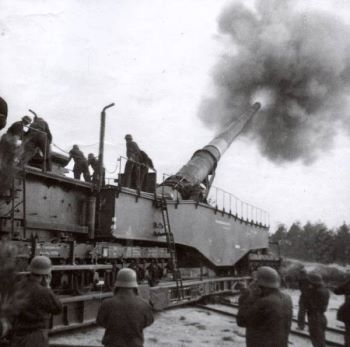
Shooting
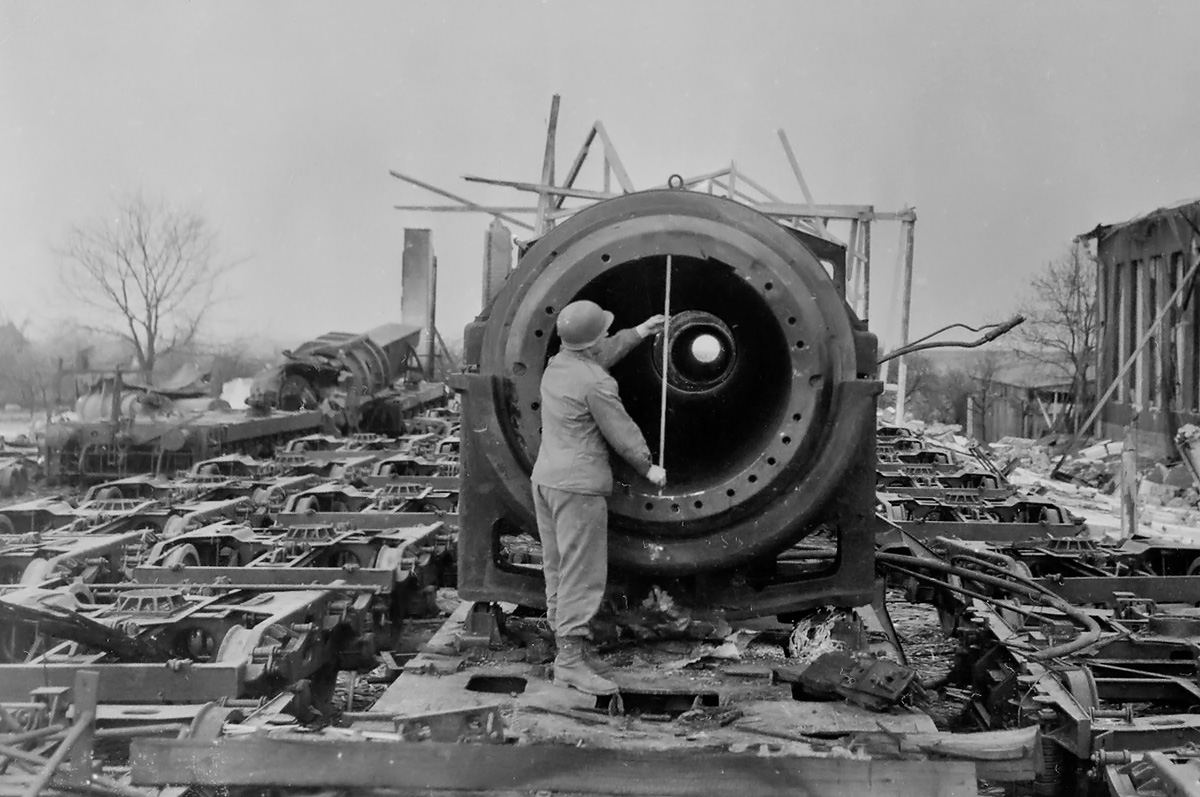
Part of its destruction
Mi mas lindo saludo
~KMS Bismarck
Previous article:
Historias de la Segunda Guerra Mundial #7 "El cañon gigante" (8 years ago)
Next article:
Historias de la Segunda Guerra Mundial #8 "Amor Prohibido" (Español/English) (7 years ago)
About the game:

USA as a world power? In E-Sim it is possible!
In E-Sim we have a huge, living world, which is a mirror copy of the Earth. Well, maybe not completely mirrored, because the balance of power in this virtual world looks a bit different than in real life. In E-Sim, USA does not have to be a world superpower, It can be efficiently managed as a much smaller country that has entrepreneurial citizens that support it's foundation. Everything depends on the players themselves and how they decide to shape the political map of the game.
Work for the good of your country and see it rise to an empire.
Activities in this game are divided into several modules. First is the economy as a citizen in a country of your choice you must work to earn money, which you will get to spend for example, on food or purchase of weapons which are critical for your progress as a fighter. You will work in either private companies which are owned by players or government companies which are owned by the state. After progressing in the game you will finally get the opportunity to set up your own business and hire other players. If it prospers, we can even change it into a joint-stock company and enter the stock market and get even more money in this way.
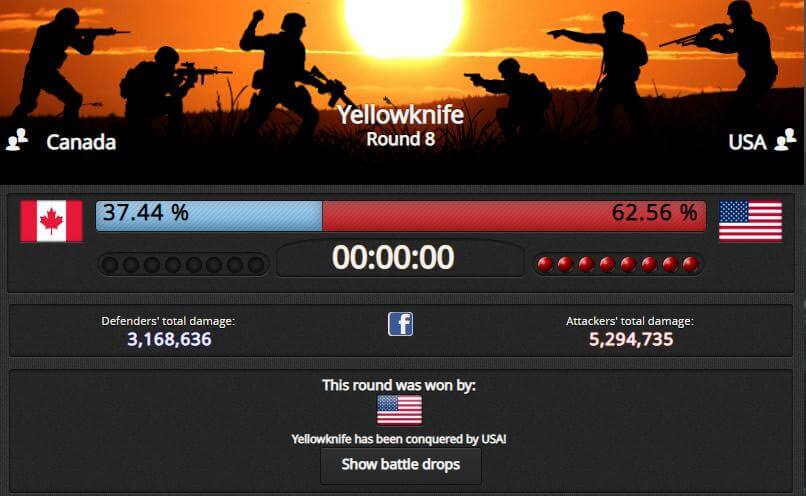
In E-Sim, international wars are nothing out of the ordinary.
Become an influential politician.
The second module is a politics. Just like in real life politics in E-Sim are an extremely powerful tool that can be used for your own purposes. From time to time there are elections in the game in which you will not only vote, but also have the ability to run for the head of the party you're in. You can also apply for congress, where once elected you will be given the right to vote on laws proposed by your fellow congress members or your president and propose laws yourself. Voting on laws is important for your country as it can shape the lives of those around you. You can also try to become the head of a given party, and even take part in presidential elections and decide on the shape of the foreign policy of a given state (for example, who to declare war on). Career in politics is obviously not easy and in order to succeed in it, you have to have a good plan and compete for the votes of voters.
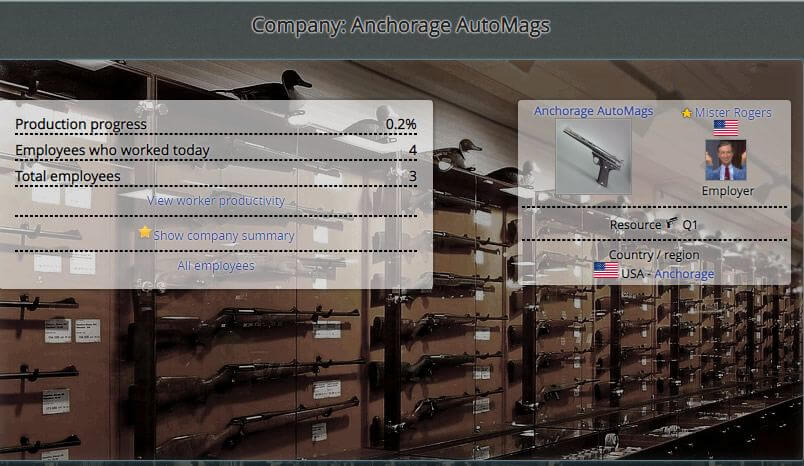
You can go bankrupt or become a rich man while playing the stock market.
The international war.
The last and probably the most important module is military. In E-Sim, countries are constantly fighting each other for control over territories which in return grant them access to more valuable raw materials. For this purpose, they form alliances, they fight international wars, but they also have to deal with, for example, uprisings in conquered countries or civil wars, which may explode on their territory. You can also take part in these clashes, although you are also given the opportunity to lead a life as a pacifist who focuses on other activities in the game (for example, running a successful newspaper or selling products).
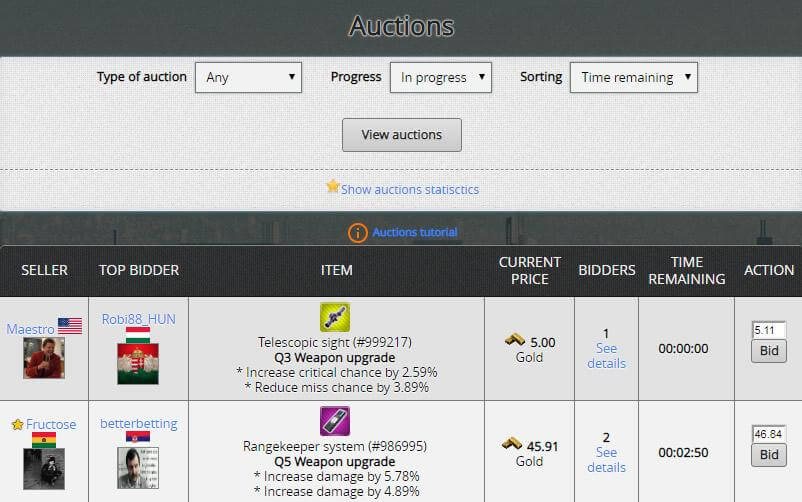
At the auction you can sell or buy your dream inventory.
E-Sim is a unique browser game. It's creators ensured realistic representation of the mechanisms present in the real world and gave all power to the players who shape the image of the virtual Earth according to their own. So come and join them and help your country achieve its full potential.

Invest, produce and sell - be an entrepreneur in E-Sim.
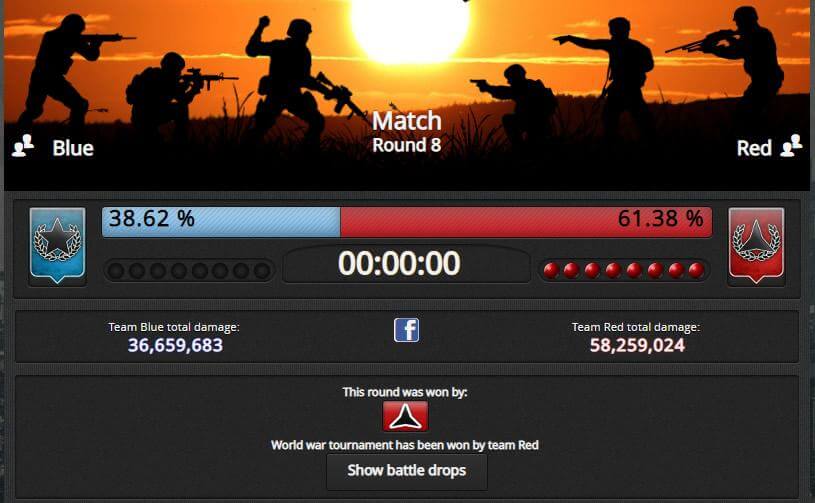
Take part in numerous events for the E-Sim community.
